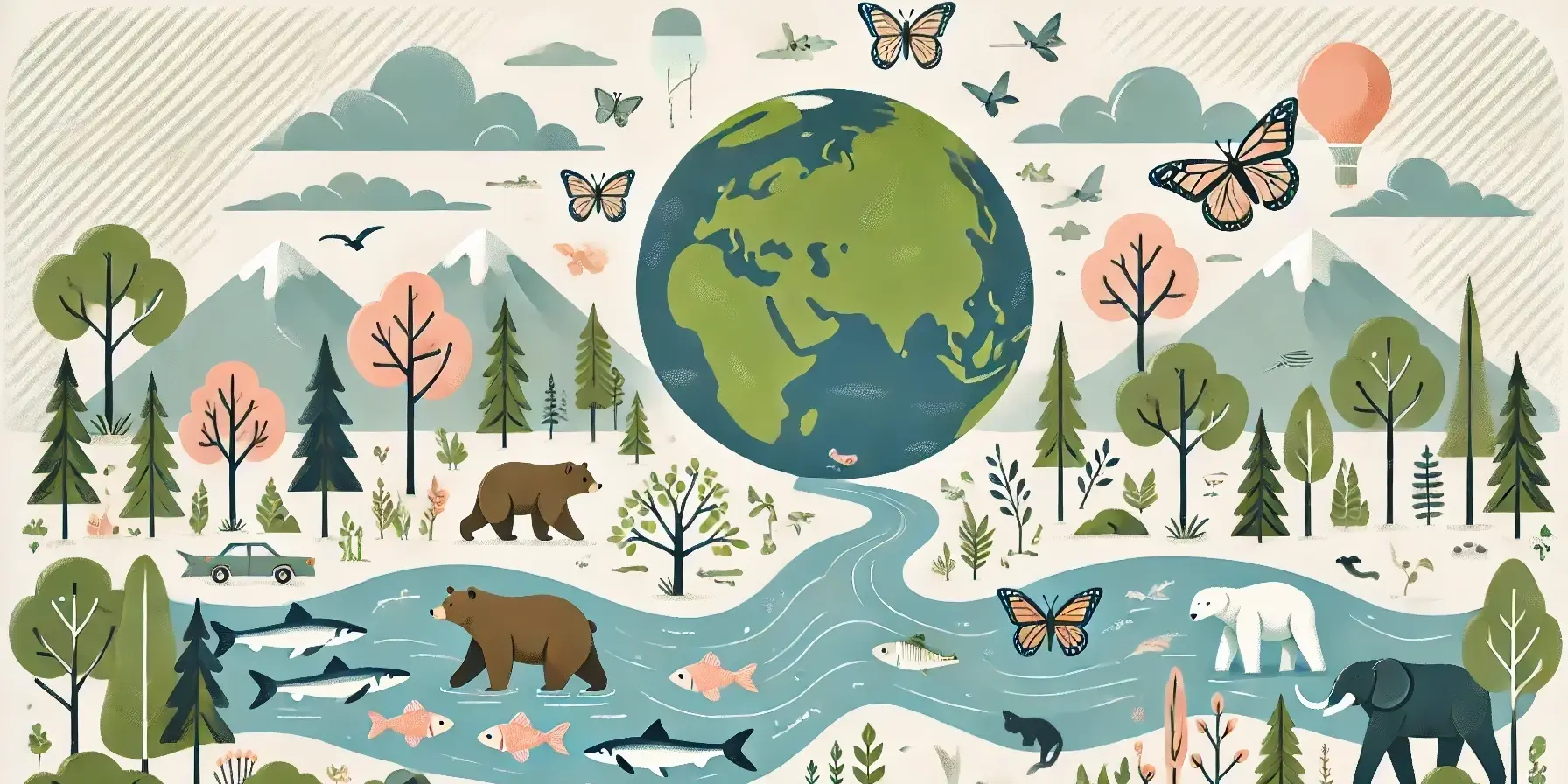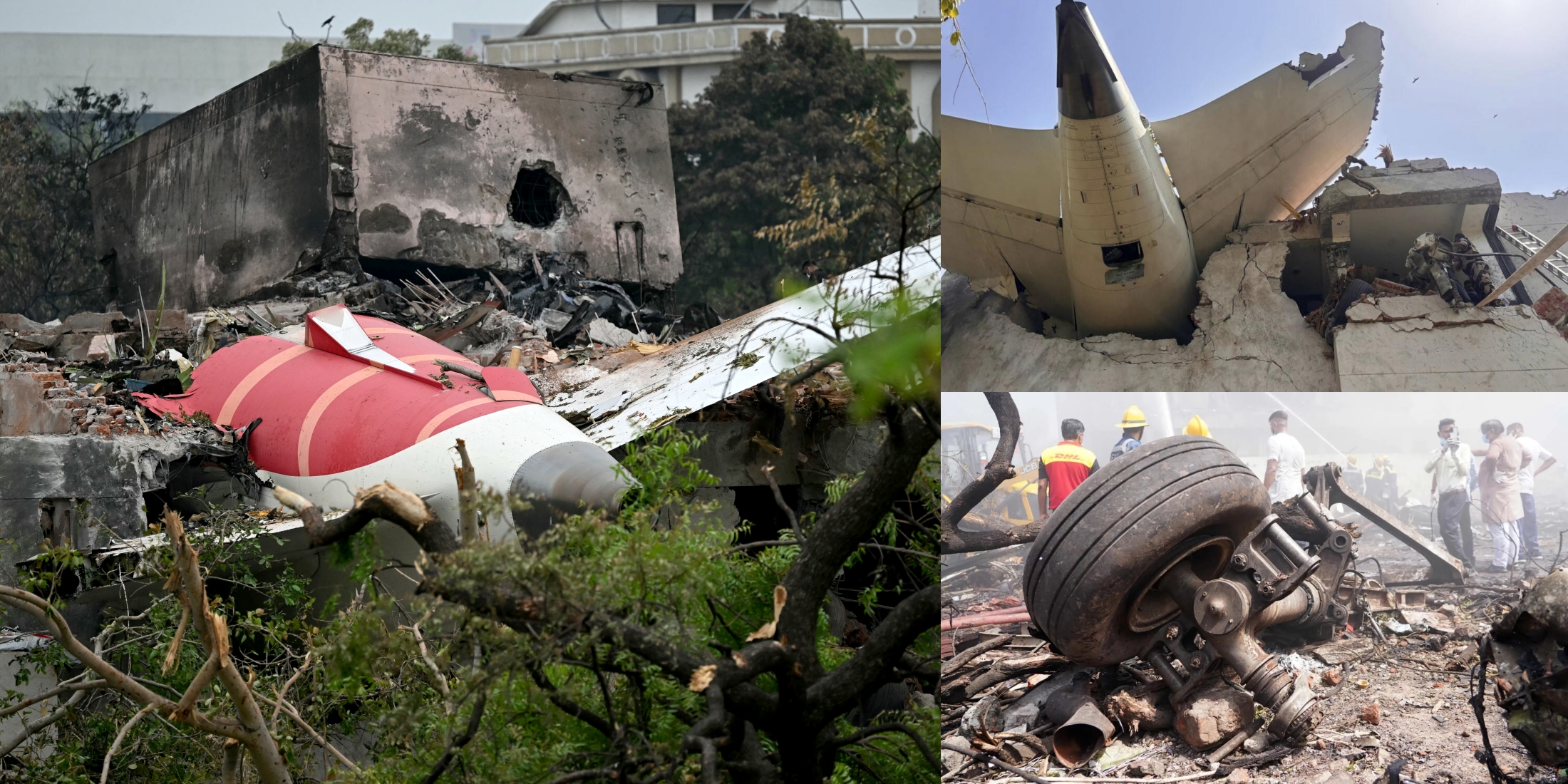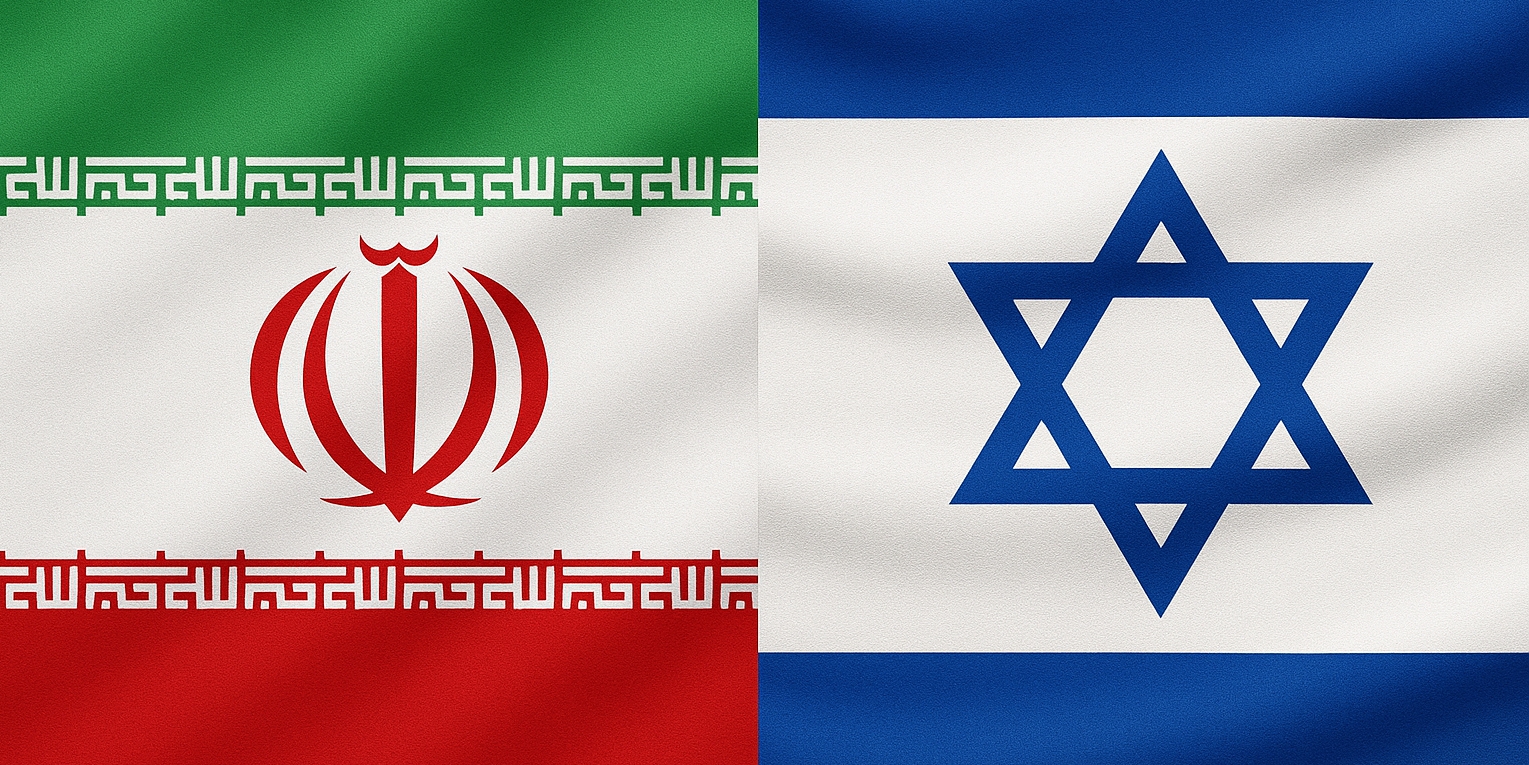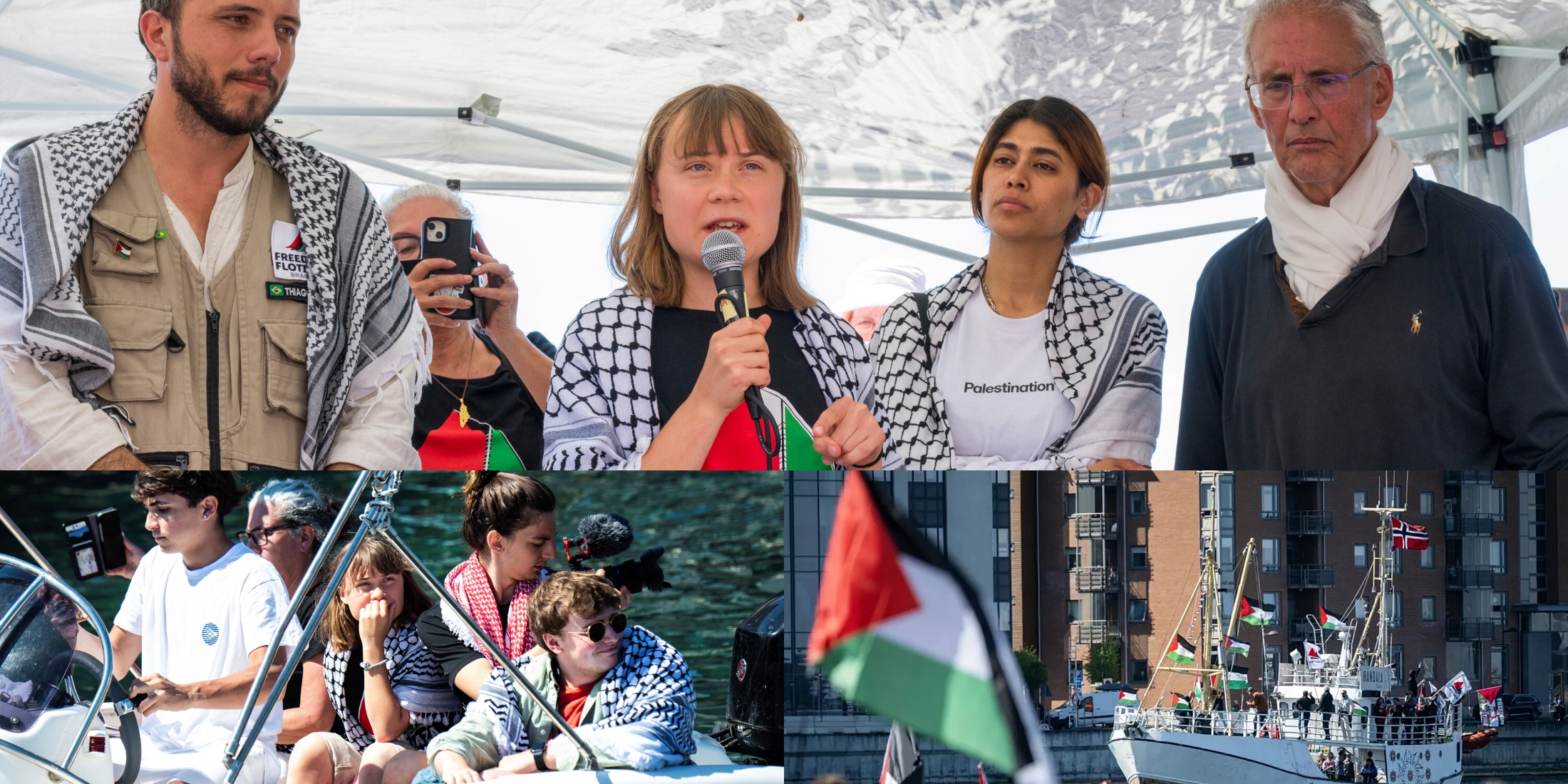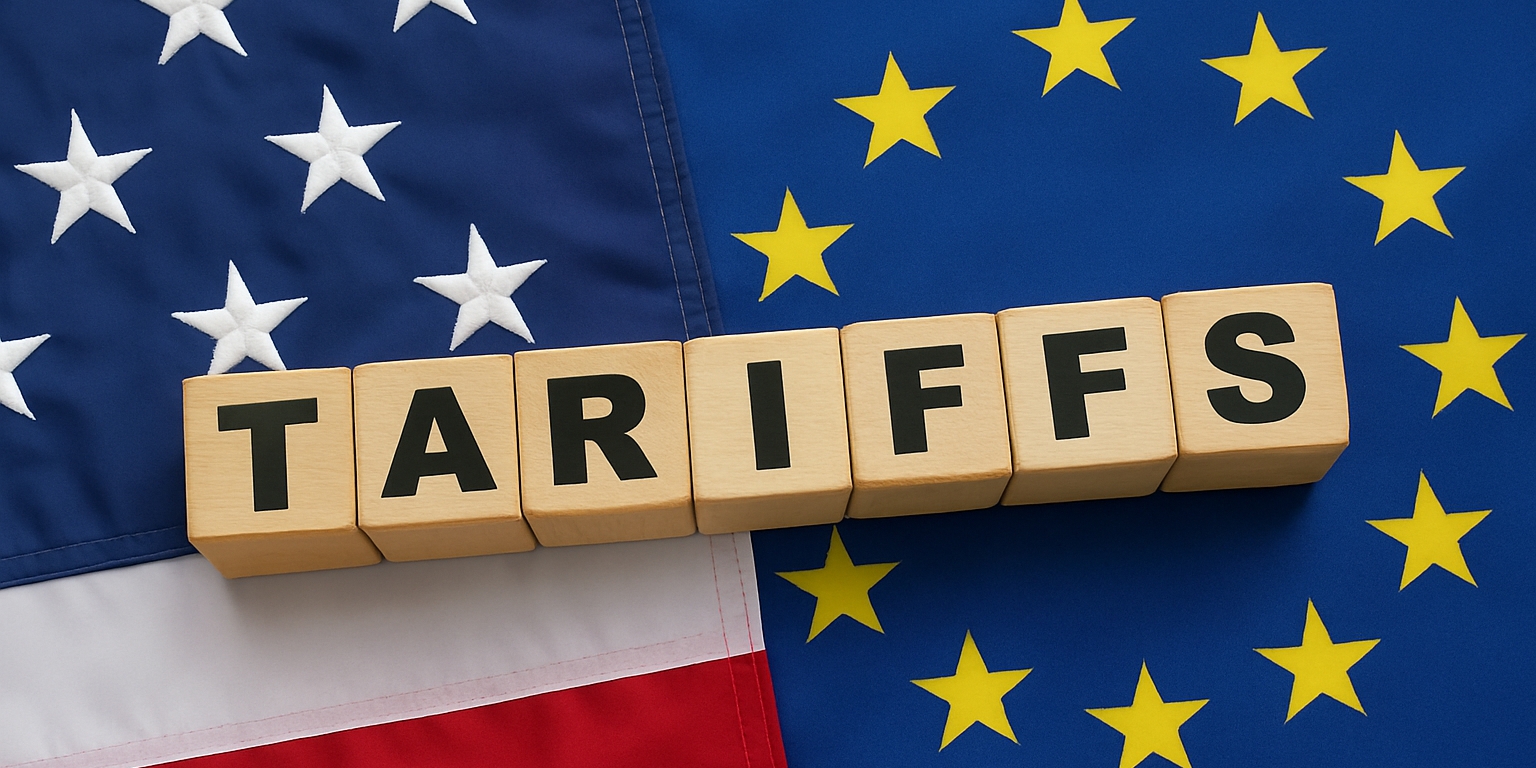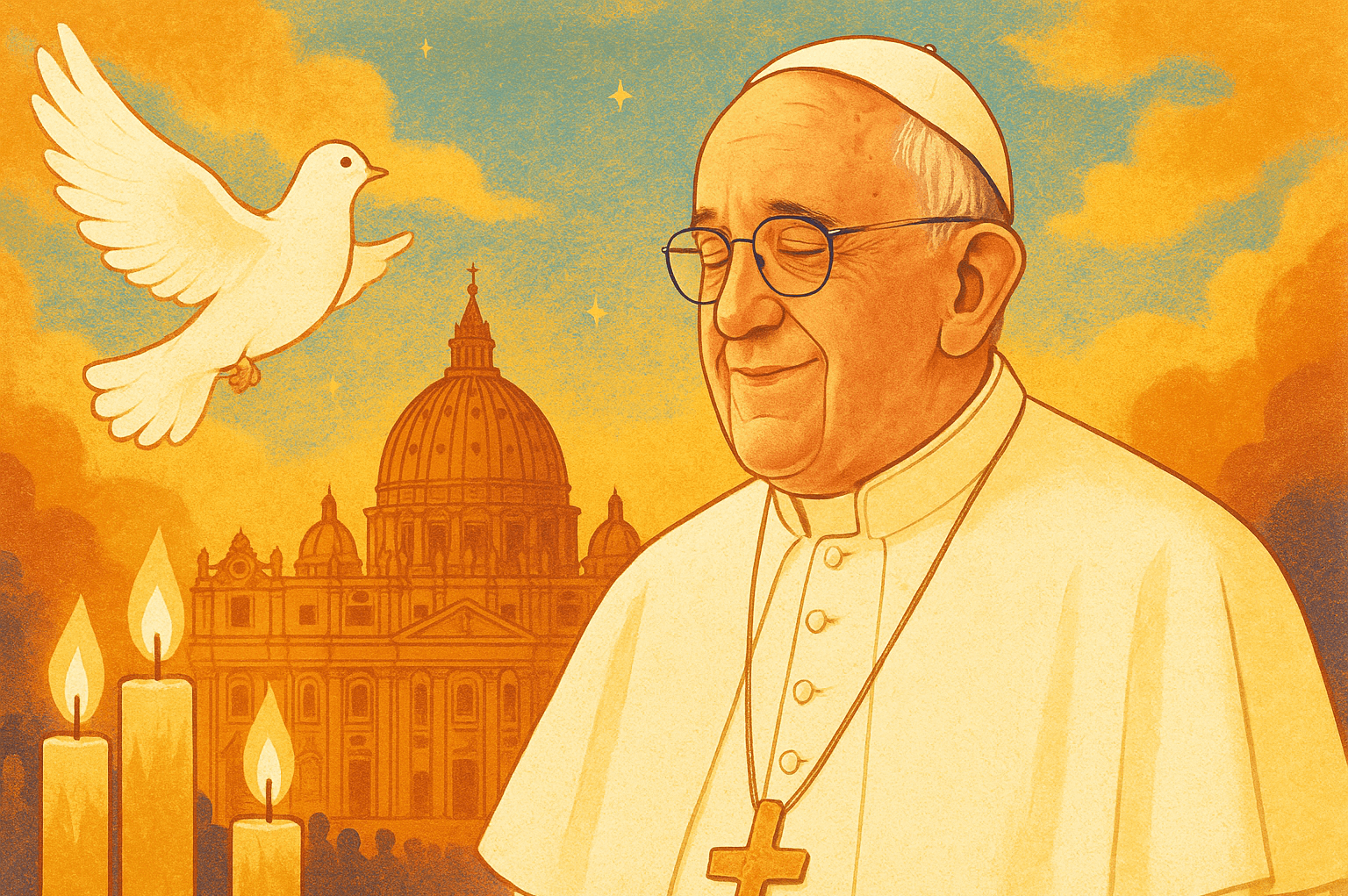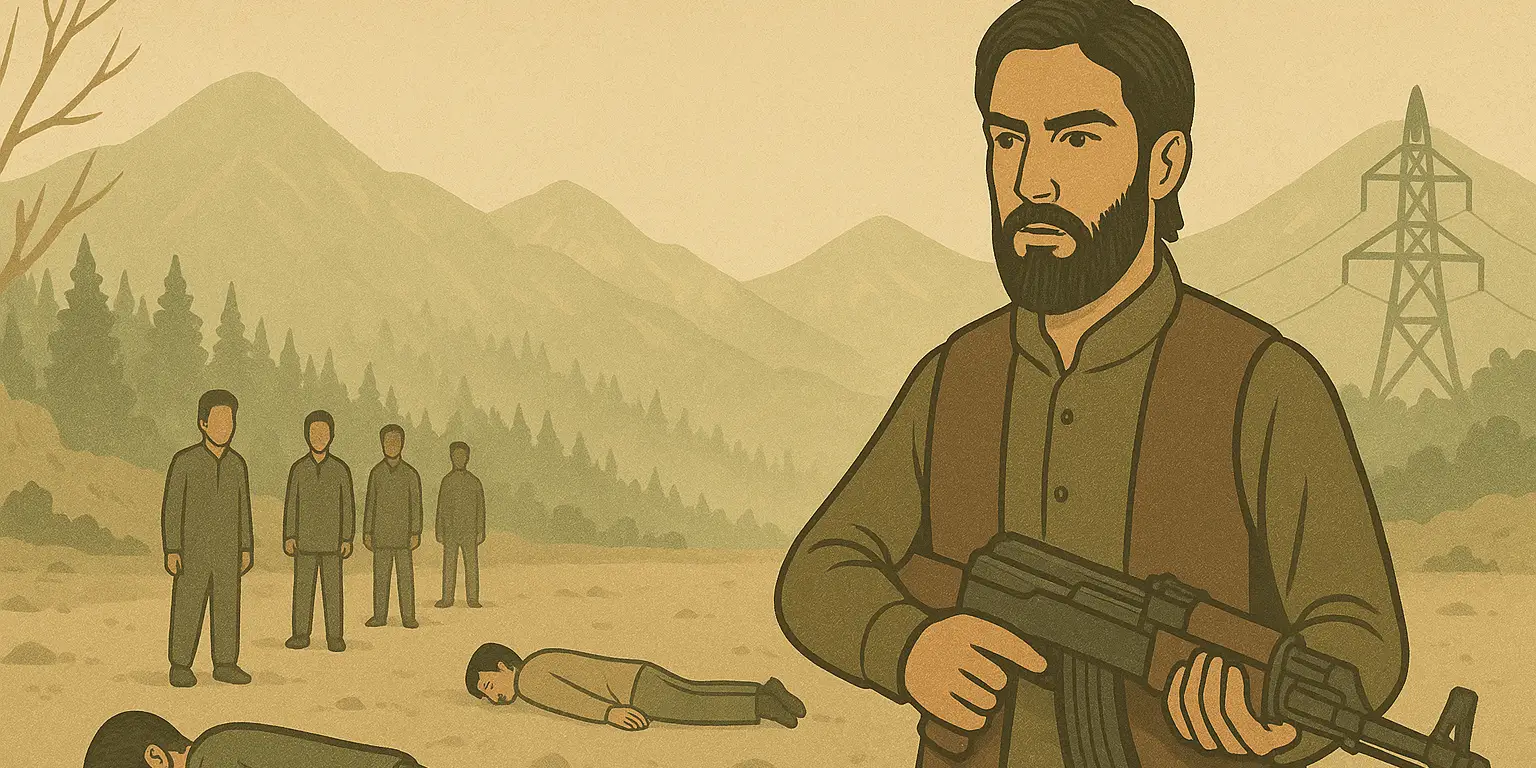The Kunming-Montreal Agreement was signed at COP15 in 2022. It laid out a strategic and comprehensive set of guidelines to achieve Sustainable Development Goal 15: the protection, restoration, and promotion of terrestrial ecosystems, or in simple words, the earth’s biodiversity.
The world is on the brink of a biodiversity crisis. Many species are going extinct at an alarming rate. Global warming and climate change are affecting the weather, landscapes, animals, and humans towards a point of no return. The question that requires our utmost attention is: What’s next?
The answer, perhaps only a means to an end, is the Global Biodiversity Framework Fund (GBFF). Introduced to achieve 23 targets as laid out in the Kunming-Montreal Agreement by 2030, the GBFF is a massive effort to support essential biodiversity restoration projects in countries like Brazil, Mexico, and Fiji. 20% of the funds will be allocated explicitly to conservation efforts led by Indigenous Communities.
The GBFF was announced in August 2023, led by Germany with the largest investment stake. In only a year, the fund includes investment commitments from Germany at about €90 million, followed by the UK with €66 million, Denmark at €13.4 million, Norway at €12.7 million, Spain at €10 million, Luxembourg, France, and Austria with commitments of €7 million, €5 million, and €3 million, respectively.
GBFF is ever-expanding, and more countries have come forward, expressing pledges to support ecosystem restoration, promote biodiversity-friendly agricultural practices, and empower local communities to manage their natural resources sustainably. In October 2024, Canada, Japan, and New Zealand joined the fund, adding another €196 million, pending regulatory approvals. Speaking on the occasion, Carlos Manuel Rodríguez, CEO of Global Environment Facility (GEF), said, “In less than one year, the GBFF has moved from launch to full-speed operation, with projects already reviewed, approved and funded, and many more in the pipeline.”
What makes GBFF a unique undertaking, different from all the previous projects of similar intensity, is its recognition of Indigenous communities and their role in preserving biodiversity through their traditional, time-tested knowledge of ecology. The fund looks at the biodiversity crisis with a focus on modern science and a cultural arc.
For our readers, what more do you think can be done to avert this crisis? Do you think such a massive undertaking will be enough? Tell us in the comments below.
As for the expert opinion, they certainly think GBFF is just a small step. Kristian Teleki, CEO of Fauna & Flora, commented on the developments and the pledges by saying, “It’s an okay start… (it) is the minimum we need from these countries, and on an annual basis. We need a lot more commitments from many more nations.”
The scale at which our earth has been stripped of its nature is alarming. There is a cost to it. Nature has a way of correcting wrongs. The cost of correction needs to be reflected in monetary terms before it is reflected in human lives. The GBFF is the right step, and it has taken momentum in just a year, but when you compare this with the bigger picture, it is still very slow. We hope nations, governments, the private sector, and individuals at a very micro level will do their part to make Mother Earth, our home, great again!

